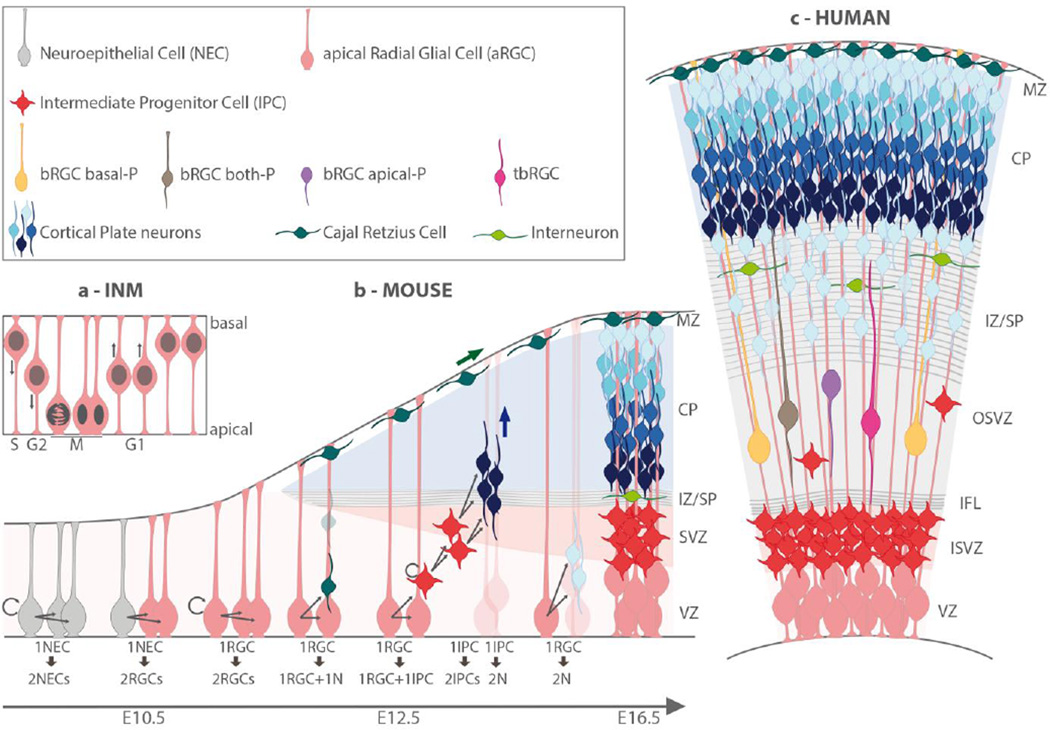Figure 1. Neural progenitor subtypes and neurogenic phases during cerebral cortex development in mice and humans.
a) Interkinetic nucleus movement (INM) in progenitor cells of the ventricular zone (VZ) is coordinated with the cell cycle phases; b) Schematic presentation of the sequential steps of neurogenesis in the mouse: neuroepithelial cells (NECs, grey) self-renew by symmetric division, then turn into apical radial glial cells (aRGCs, pink) that divide either symmetrically to self-renew, or asymmetrically to give rise first to primary neurons including Cajal-Retzius cells (dark green) (direct neurogenesis) which migrate to the cortical surface to form the marginal zone (MZ), and to intermediate progenitor cells (IPC) at E12.5 and onwards; IPCs populate the sub-ventricular zone (SVZ) and generate cortical layer neurons (dark to light blue), which migrate along the basal process of aRGCs through the intermediate zone or subplate(IZ/SP) towards their destined layer. At later stages, aRGCs can undergo final symmetric divisions generating two neurons, c) schematic presentation of the human foetal cortex at a developmental stage close to 15 PCW; the major differences with the mouse embryonic developing cortex are 1) the SVZ is split into inner (ISVZ) and outer (OSVZ) regions by the inner fiber layer (IFL); 2) the remarkable expansion of the IZ/SP, where migrating cortical layer neurons receive input from thalamic afferent axons and interneurons (light green) originating from sub-cortical structures. Of note, the OSVZ comprises IPCs and further progenitor subtypes with characteristics of radial glial cells and named basal RGCs (bRGCs). Four bRGCs subtypes are distinguished according to their cell processes: b-RGC basal-P (yellow) with a basal process attached to the basal lamina, b-RGC apical-P (purple) with an apical process, b-RGC both-P (color?) with an apical process and a basal process attached to the basal lamina; tbRGC (color?), a transient bRGC with short apical and basal processes.

